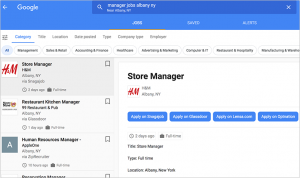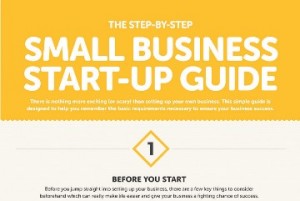The move is aimed at making deployment of emails built in Stensul faster and more efficient.
Stensul, the no-code, collaborative email design platform has announced an integration with Salesforce Pardot. It is the first email creation platform to integrate with Salesforce’s B2B marketing automation offering.
Pardot users will be able to work collaboratively on emails in the Stensul platform, which seeks to make email creation simple and fast, then deploy those emails directly through Pardot. Many B2B teams already use Stensul and Pardot independently. The integration aims to make workflows smoother and more efficient.
Stensul already has integrations with Adobe Marketo, Oracle Eloqua and Responsys, Iterable, Braze, Movable Ink and others.
Why we care. Adobe, Oracle and now Salesforce. For Stensul, this makes for a trifecta of integrations with major and widely used B2B marketing automation and engagement platforms. Welcome news, therefore, for Pardot users who will no longer need to manually transfer finished email campaigns to Pardot for deployment.
Other capabilities. In addition to creating emails for Pardot within Stensul, users will be able to control a range of Pardot email options from Stensul, such as subject line settings, and will be able to associate Stensul email templates with selected Pardot campaigns. Pardot email “type,” such as List Email and One-to-One Email can also be selected in Stensul.
The post Stensul is first email creation platform to integrate with Pardot appeared first on MarTech.
MarTech(36)
Report Post





